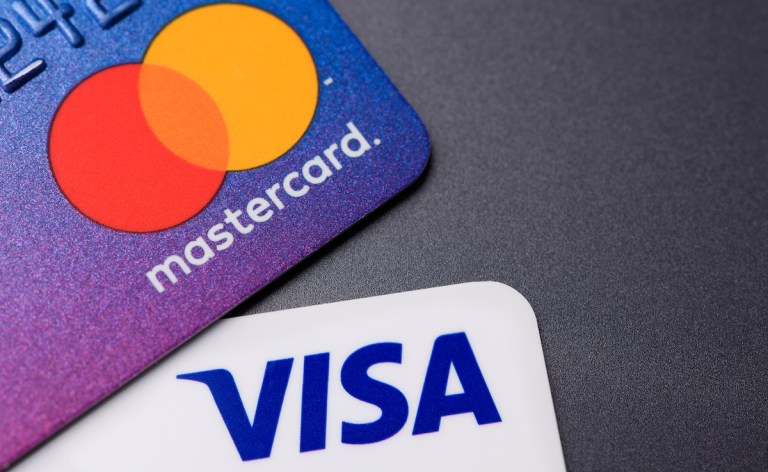Payment Networks Spotlight Rise of Tokenization and Contactless Payments

Four years ago, the pandemic began to give wings to contactless payments.
Now, as shown by earnings results from the likes of Mastercard and Visa, the payment methodology has taken flight.
PYMNTS Intelligence data noted earlier this year that more than half of consumers surveyed said they still preferred to use physical cards in in-store settings. The tap-to-pay, contactless functionality that’s built into those cards has helped transform what happens when we wield them at the register or in the aisles.
Both Visa and Mastercard’s executive leaders said on their respective conference calls that contactless options are a preferred means of transacting in brick-and-mortar settings.
Visa CEO Ryan McInerney said that “as we think about Visa’s growth, tap-to-pay and eCommerce are key drivers in the digitization of payments. This quarter, tap-to-pay grew 5 percentage points from last year to 79% of face-to-face transactions globally.”
Mastercard Chief Financial Officer Sachin Mehra said on his firm’s earnings call that “card-present growth was aided in part by increases in contactless penetration as contactless now represents approximately 67% of all in-person switched purchase transactions.”
The actual card counts were higher, as card growth for Mastercard in the most recent period was 8% year on year, he said.
Tokenization Takes Off
Tokenization represents another area of growth for the payment networks — a shift that protects users’ card-specific data and streamlines commerce itself. The practice of tokenization ensures that the primary 16-digit account number (PAN) is replaced by a randomly generated 16-digit sequence. Cryptograms are generated for each transaction. The tokens themselves can be used across all parties in a transaction chain and are interoperable.
For the merchants, there’s the benefit of keeping sensitive data out of their own systems, which renders that data less obtainable during a breach. Tokenization also improves the site checkout experience, as authorization rates improve. Friction is lessened, too, as customers need not re-enter their card details when they opt to transact on a site.
PYMNTS Intelligence found that the network tokens’ dynamic updating of card-on-file information means that merchants can blunt the impact of the 35% of customers who will leave a merchant after a failed payment. Visa’s own data indicated tokens improve authorizations by an average of 2.1%.
Visa’s earnings call commentary revealed that the company has issued 9.5 billion tokens globally and has surpassed a milestone of 1 billion tokens issued in the Asia-Pacific region alone. Mastercard’s latest earnings data showed that in the most recent quarter, tokenized transactions grew over 50% year over year and represented 25% of the transactions across the Mastercard network.